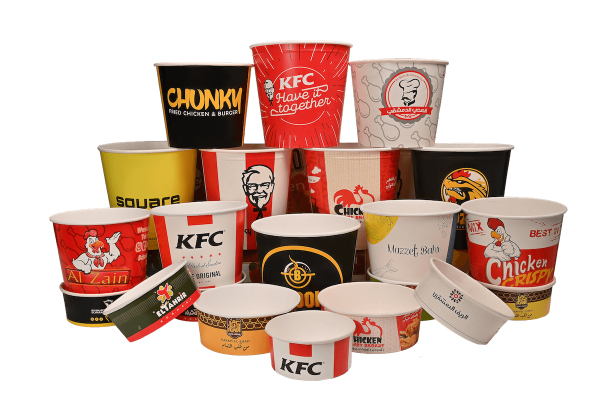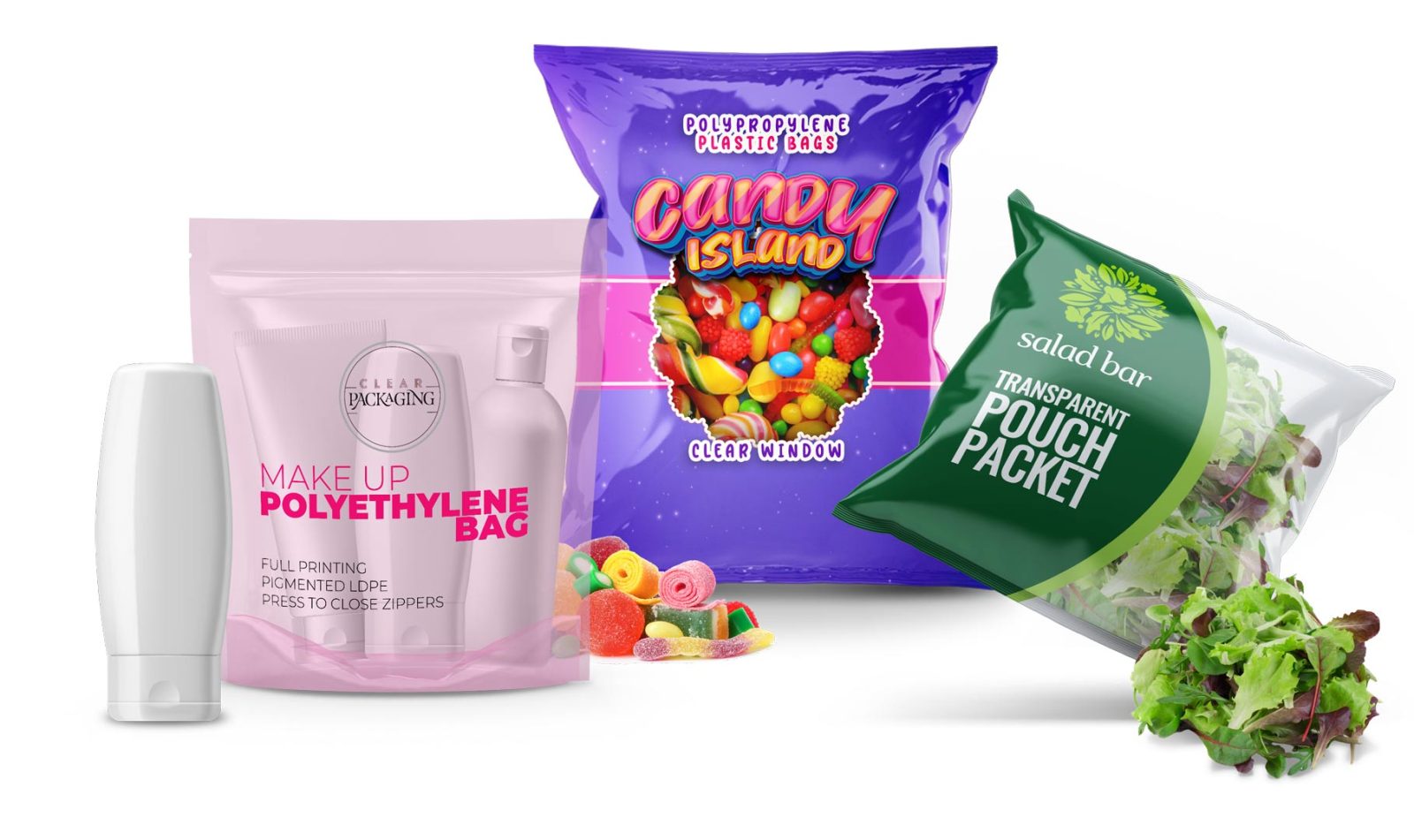In today’s competitive market, ensuring small business food packaging safety is not just a legal requirement but a necessity for gaining consumer trust. With the increasing demand for packaged foods, small businesses face challenges in maintaining the highest standards of safety. Effective strategies in packaging can significantly influence your brand’s reputation and consumer satisfaction.
As a small business owner, focusing on food packaging safety can open doors to new markets and opportunities. Understanding the intricacies of safe packaging is crucial, and this guide will provide you with all the necessary information.

Understanding Food Packaging Safety
Food packaging safety involves ensuring that the materials and processes used in packaging do not contaminate the food. This includes using food-grade materials, preventing chemical migration, and adhering to regulatory standards. For small businesses, this means investing in quality materials and processes that protect both the product and the consumer.
The Importance of Food-Grade Materials
Using food-grade materials is essential to prevent contamination. These materials are designed to be safe for contact with food and are tested for chemical residues. It’s important to source materials from reputable suppliers who can provide certification of compliance.
Preventing Chemical Migration
Chemical migration refers to the transfer of substances from the packaging into the food. This can be harmful, especially if the chemicals are toxic. To prevent this, small businesses should use packaging inks and adhesives that are specifically designed for food safety.
For more in-depth information on choosing the right inks, check out this guide on food-safe inks.
Regulatory Standards and Compliance
Compliance with regulatory standards is non-negotiable. These standards ensure that food packaging does not pose a risk to consumers. Small businesses should be aware of local and international regulations and ensure that their packaging meets these requirements.
Understanding Local Regulations
Every country has its own set of regulations regarding food packaging. It’s crucial to understand these regulations and ensure that your packaging complies with them. This not only protects consumers but also keeps your business safe from legal repercussions.
International Standards
For businesses looking to export their products, adhering to international standards is key. Organizations like the FDA (Food and Drug Administration) in the United States and the EFSA (European Food Safety Authority) in Europe set guidelines that must be followed for international trade.
Innovative Packaging Solutions
Innovation in packaging can lead to better safety and efficiency. As small businesses, investing in innovative solutions can set you apart from competitors and provide added value to consumers.
Biodegradable and Compostable Packaging
With growing environmental concerns, biodegradable and compostable packaging is becoming increasingly popular. These materials are safe and environmentally friendly, reducing the carbon footprint of your business.
Learn more about sustainable packaging options in this detailed blog post.
Smart Packaging Technologies
Smart packaging technologies, such as QR codes and NFC tags, can enhance the consumer experience by providing information about the product’s origin, safety, and nutritional value. These technologies not only improve safety but also build consumer trust.
Training and Education
Employee training and education are vital in maintaining food packaging safety. Employees should be trained in handling materials, understanding safety protocols, and identifying potential hazards.
For more insights on training staff, refer to this comprehensive guide.
Implementing Safety Protocols
Establishing clear safety protocols ensures that everyone in the organization understands their role in maintaining food safety. Regular training sessions and updates on new regulations can help employees stay informed and compliant.
Continuous Improvement
Continuous improvement is key to maintaining high standards. Regular audits and feedback sessions can help identify areas for improvement and ensure that your business stays ahead in food packaging safety.
Building Consumer Trust
Consumer trust is paramount for any business. By prioritizing food packaging safety, small businesses can build a loyal customer base that values quality and transparency.
Transparency in Labeling
Transparent labeling helps consumers make informed choices. Labels should clearly indicate the ingredients, nutritional information, and any potential allergens. This transparency builds trust and confidence in your brand.
Engaging with Customers
Engaging with customers through feedback and surveys can provide valuable insights into their needs and preferences. This information can be used to improve packaging safety and enhance the overall customer experience.
Conclusion
Ensuring small business food packaging safety is a multifaceted process that requires attention to detail and a commitment to quality. By understanding the importance of food-grade materials, adhering to regulatory standards, investing in innovative solutions, and focusing on training and consumer trust, small businesses can thrive in the competitive food industry.

FAQ
What are food-grade materials?
Food-grade materials are substances that are safe to come into contact with food. They do not contain harmful chemicals and are tested for safety.
How can small businesses ensure compliance with regulations?
Small businesses can ensure compliance by staying informed about local and international regulations, sourcing materials from reputable suppliers, and conducting regular audits.
Why is consumer trust important in food packaging?
Consumer trust is important because it influences purchasing decisions. Transparent labeling and safe packaging practices build confidence in your brand and encourage repeat business.
This article contains affiliate links. We may earn a commission at no extra cost to you.






